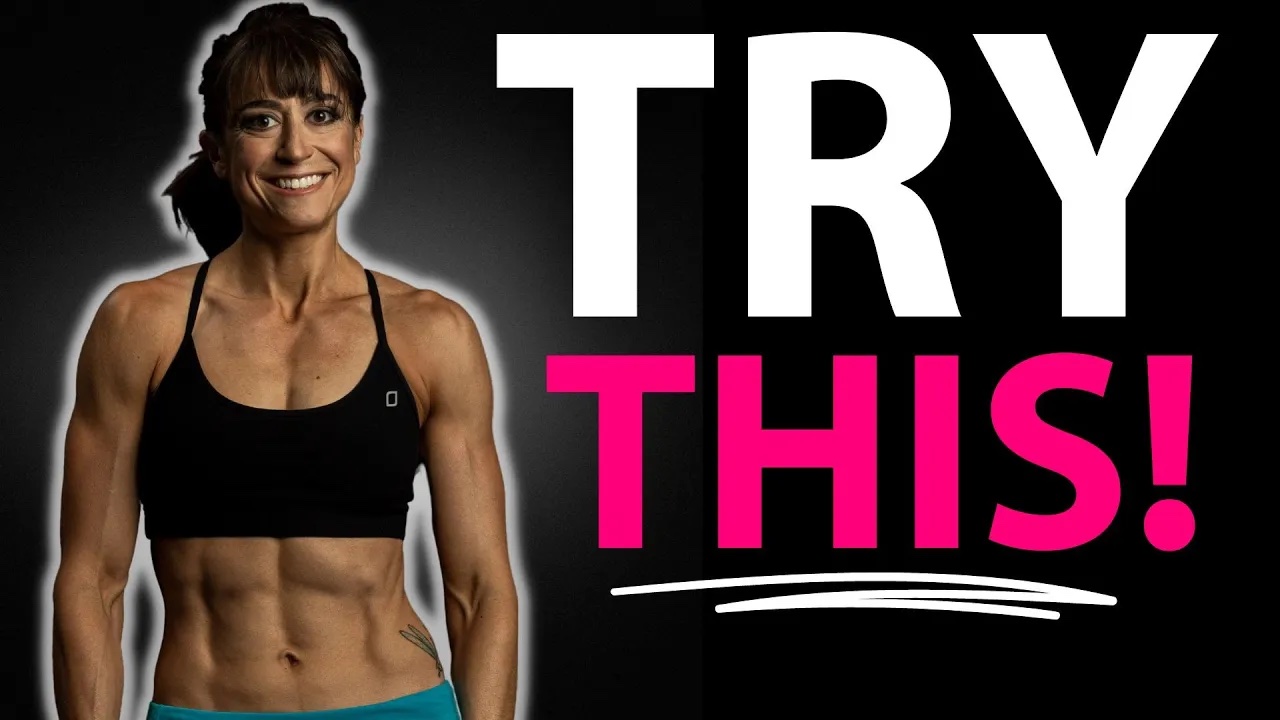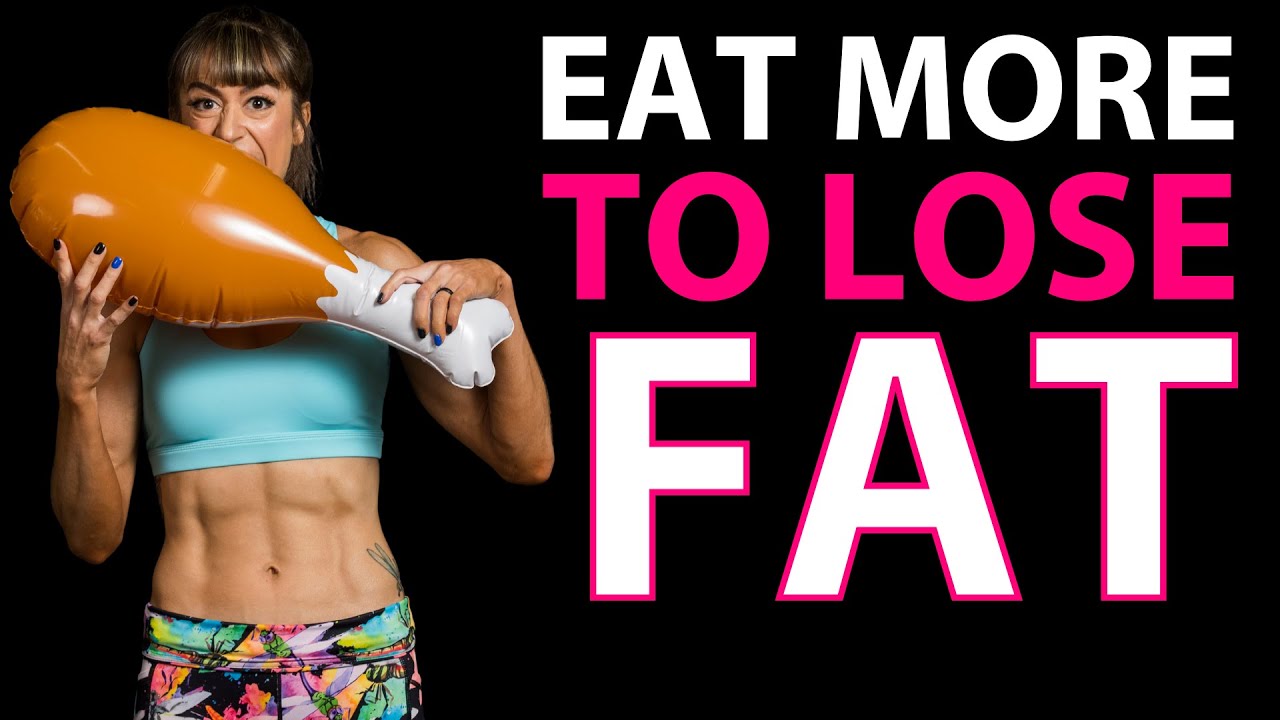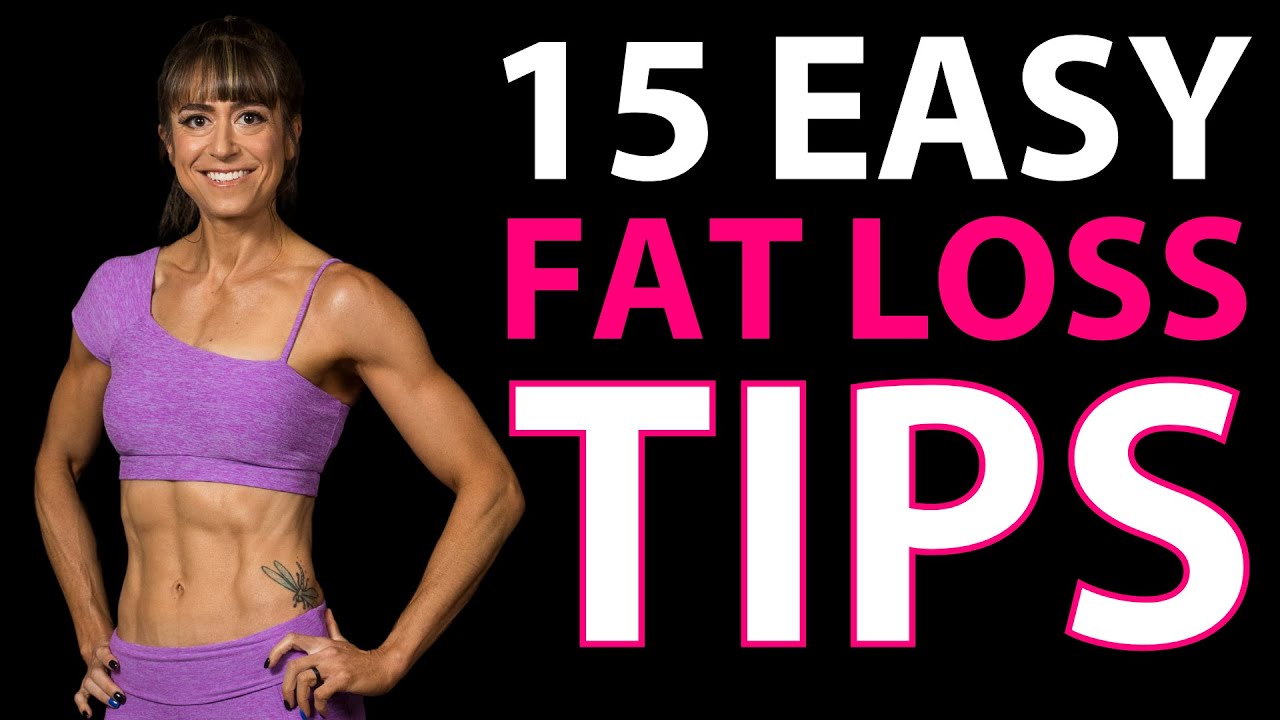
The Best Workout (You Aren’t Doing)
It can be simply overwhelming trying to figure out how to design the best workout to tone up and see those muscle gains as you lose fat.
We want to LOOK like we workout, right?!
But there are so many options out there…
How do you know which is best?
I get asked all of the time when I share a move even…
“How many reps and sets?”
And while I know this is an annoying answer, the one I always have to give is…
“Well it depends. What are your needs, goals, current training routine, other moves you’re planning to include, equipment, schedule, previous training history….”
There are lots of variables you need to consider to get the best results possible.
And while overwhelming at times, they are also all opportunity!
But because I know it can be especially frustrating to train super hard, dial in your diet and still not see those stubborn areas change, I wanted to share one of my favorite training techniques to help…
Compound Burner Sets!
I want to take you through what these amazing sets are and how to use them as well as a few examples of them so you can get started implementing them today.
And while I know it’s tempting to just jump to what to do, because many of us just want to get started, it’s key we learn the WHY behind the techniques.
This can help us always make sure we’re tweaking things to match our specific needs and goals.
So, What Are Compound Burner Sets?
They are:
- Two moves done back to back for the same area without resting
- NOT a superset
- One is a compound move the other a more isolation based exercise to hone in on stubborn areas
- One move is done more in that hypertrophy rep range with heavy loads (6-12 reps) while the other is done for higher reps in that strength endurance range with loads that still challenge you (15-25 reps)
- Rest is about 90 seconds to 2 minutes in length between rounds
- 2-4 rounds through each series
The theory behind them is using the post exhaust training technique.
What does this mean?
- You are using that second move to fully exhaust a muscle group worked in that initial compound movement, which can lead to better muscle growth
- You’re getting the benefits of using multiple rep ranges and both compound and isolation moves
This will help you build muscle and ultimately lose fat from helping increase your metabolic rate. More muscle means more calories burned at rest.
BUT to see the full benefit…You can’t ignore the importance of your diet and I’ll share something to help later on!
Tips to help you get the most out of this workout design….
This is a more advanced training technique even though it seems simple. It truly is HARDER than it looks if YOU push yourself.
You are basically trying to take a muscle close to failure and then PUSH THROUGH failure with the isolation move.
This requires you to truly try to max out with reps and not just stop at a set number because that is what was listed.
If you can easily do the top number or reps listed, add weight. If you hit the bottom of the rep range, maintain that weight until you get toward the top.
Even use rest-pause technique for the isolation move to push through and really take that muscle even “past” fatigue!
But make sure a weight never feels light!
Record what you do to try to beat next time.
Bonus Benefits….
Not only is this an amazing training design for body recomp, but you will also see strength increases because of the compound movement and lifting heavier loads.
You’ll also see your muscular conditioning, or strength endurance, improve because of pushing past failure with the isolation move!
Warning…
To really get the full benefit of this design, be conscious you are truly pushing to failure!
And do NOT cut out rest periods!
If you haven’t earned the rest and feel like you need it, you need to advance the exercise, add heavier loads, slow down the tempo and focus more on the eccentric or add a few more reps, but don’t go above 15 for that first move!
And then realize this is an advanced technique and can lead to a point of diminishing returns if done for too long when you’re really pushing for progression.
So track those numbers to be able to switch designs after 3-6 weeks or add in a de-load or recovery week!
Now how to use this design….
These sets are often best implemented in a 4-6 days a week split, using a hemisphere or upper/lower breakdown.
HOWEVER, if you make each workout full body, you can make 3 days a week work.
For each workout, create 2-4 compound sets.
If you’re doing upper and lower splits, 3 is more than enough.
For the full body set up, you may want 4 with one being even for core specific work.
For an example, if you were to design a leg workout it may look like…
#1:
6-12 reps Barbell Back Squat To Box
15-25 reps Lean Backs
#2:
6-12 reps SLDL
15-25 reps Hamstring Seated Curls
#4:
6-12 reps Band Hip Thruster
15-25 reps Band Y Reverse Hyper
Think about your heaviest biggest lift first for that first compound move of the first set. You want the lifts you can go heaviest on first before you fatigue.
Then over the sets try to vary what is worked enough that you don’t hit a point of diminishing returns.
But you want to consider the OTHER workouts as well for that week to make sure areas are getting rest and also being worked in other days.
But especially with 4 days a week, that 2 times hitting an area is a great training frequency!
You may then include a recovery day or interval cardio session on two other days if you are training 6 days a week.
(Want more amazing workouts like this one? Check out my DYNAMIC STRENGTH program!)
SUMMARY:
If you’ve been struggling to see the body recomp results you want, give this training technique a try.
Make sure to track your results and focus on small progression each week, listening to your body and not just pushing through pain.
You want to be intentional with moves.
And as I mentioned earlier, fueling correctly is key.
But it can be hard to make certain habit changes to build muscle, especially when we fear gaining weight.
That’s why I want to share the next video you should check out if you’re looking to take your results to the next level…
Check out the link for 5 habit changes to improve your results!




